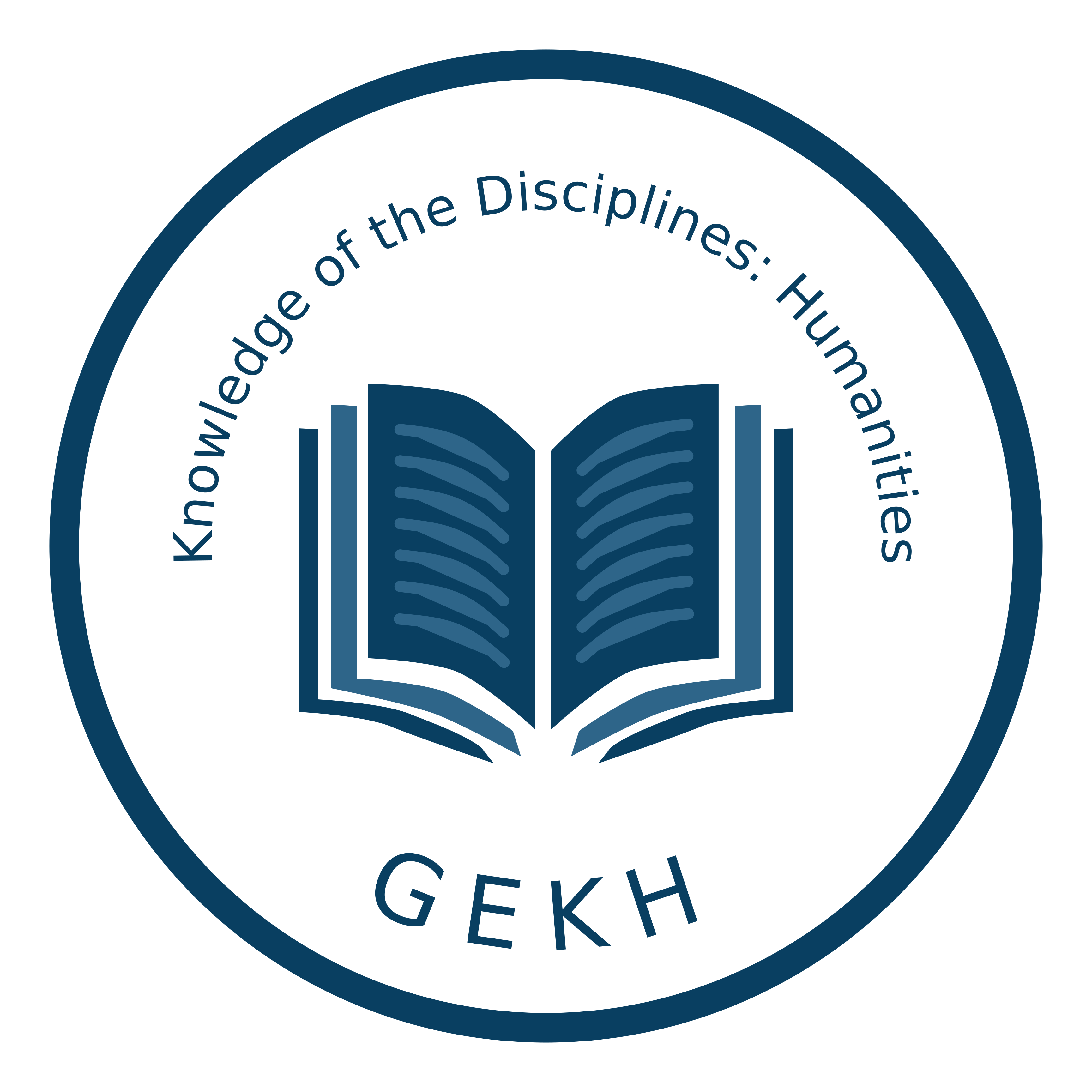| |
Dec 13, 2025
|
|
|
|
|
2022-2023 Undergraduate Catalog This is not the most recent catalog version; be sure you are viewing the appropriate catalog year.
|
CHL 207 Introduction to Children’s Literature [GEKH]
A concentrated reading course designed to impart the knowledge necessary for an appreciation and understanding of children’s literature and its use in the schools. In addition to reading the classics and the critically acclaimed works of both fiction and nonfiction by modern writers, students will study poetry, folklore and mythology, and examine the relationship between illustration and text. Does not count toward a major or minor in curricula for teachers in junior and senior high school.
Credit 3 hrs May not be repeated for additional credit
Grade Mode Normal (A-F) Course Rotation
Prerequisites -
Other Restrictions -
Restriction by Major -
Restriction by Class - Undergraduate standing

Rationale for Knowledge of the Disciplines - Students will learn about the ways that children’s literature cultivates aesthetic appreciation for both adults and children; they will learn literary terms and concepts and use these to discuss and to carefully read, research, interpret and write about works of children’s literature; they will apply discursive practices of the field by completing a variety of written assignments; they will study works within social and historical contexts considering such factors as the publishing industry, printing technology, literacy development and the cultural construction of the child; and students will gain an understanding of the importance of diverse children’s literatures to our culture. Students in the course will study a rich body of texts that can help to develop students’ cultural literacy and knowledge of the humanities. A course introducing students to children’s literature should cover not only contemporary works, but also the mythology, legends and folktales upon which many contemporary texts are based. Students also will read and study class texts from the Golden Age of children’s literature such as Alice’s Adventure in Wonderland or The Wizard of Oz. A necessary focus of the course is also the role of literature in a society and the ways that literature both affects and reflects cultural values: the books a culture writes for its children often reflect deeply-held beliefs about children, childhood and the role of literature their construction. Conversely, a culture’s values and beliefs also are reflected in the books it chooses to keep away form its children. Therefore, the history of censorship of children’s books also must be discussed and analyzed.
Keywords: children’s literature , Knowledge of the Disciplines - Humanities (GEKH)
Updates: Change to prerequisite and class-level restriction 5/2012, effective Winter 2013
Winter 2025 Course Sections
Summer 2025 Course Sections
Fall 2025 Course Sections
|
|